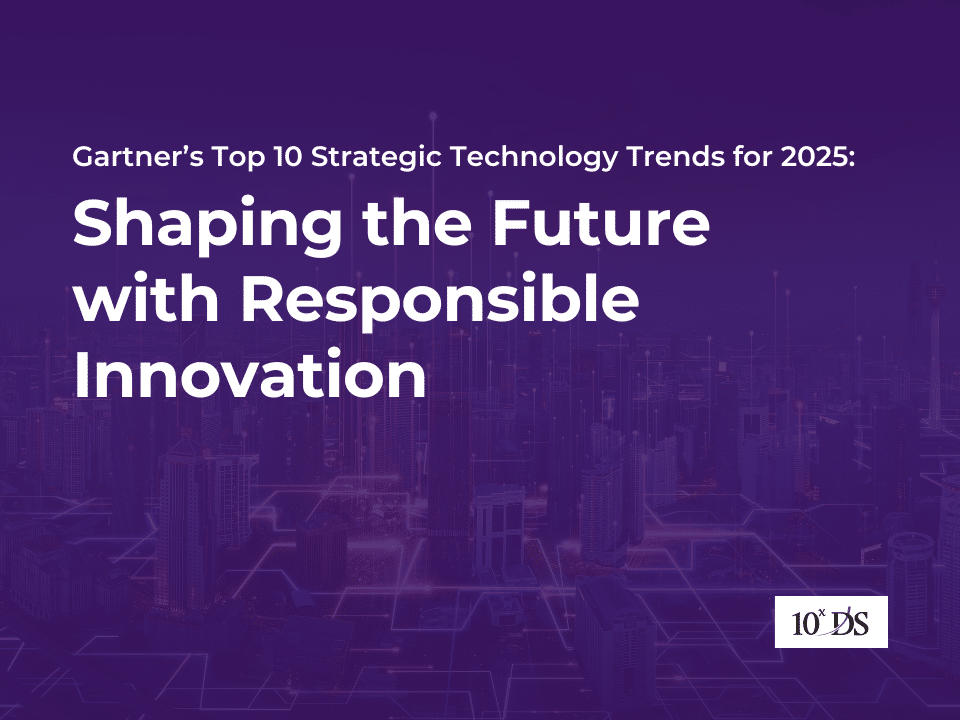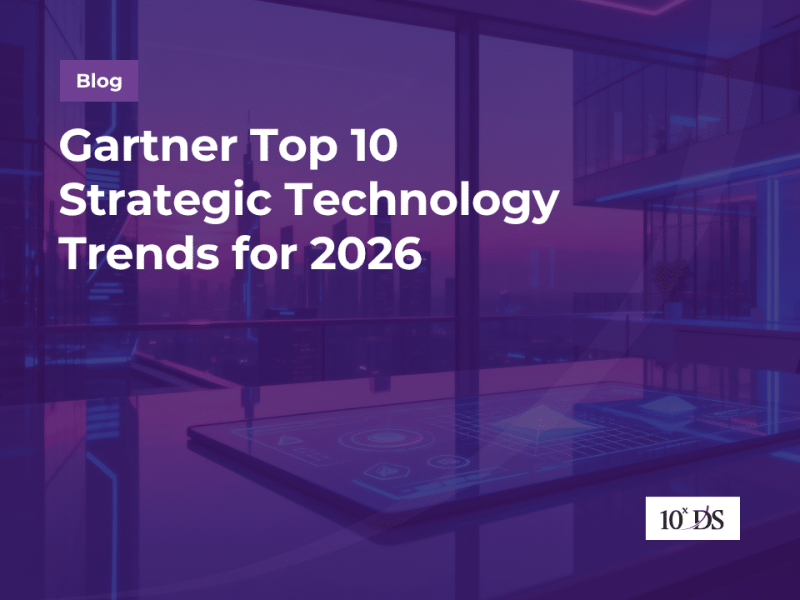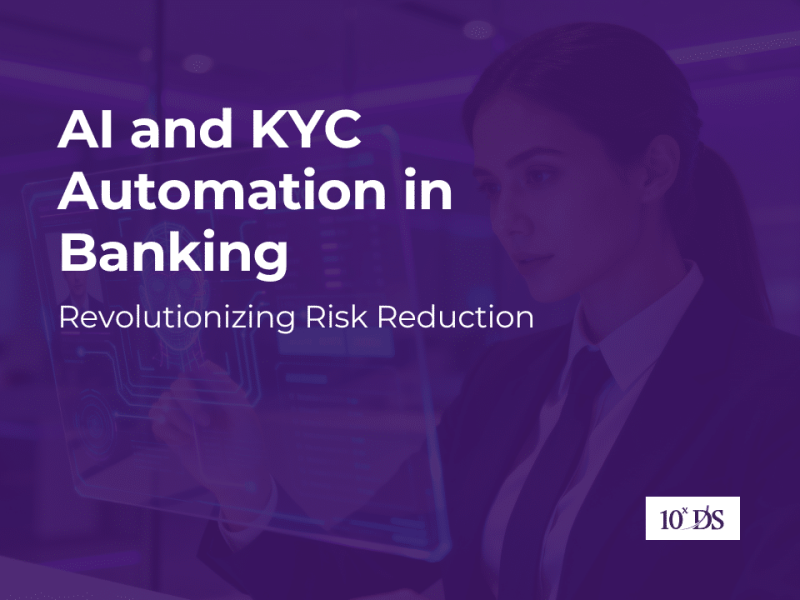
Gartner’s Top 10 Strategic Technology Trends for 2025: Shaping the Future with Responsible Innovation
As we step into a new era of technological advancement, Gartner’s Top 10 Strategic Technology Trends for 2025 provide a roadmap for CIOs and IT leaders to navigate the evolving tech landscape. These trends for 2025 are organized around three critical themes—AI imperatives and risks, new frontiers of computing, and human-machine synergy—each addressing unique challenges and opportunities. Let’s explore how these trends will drive productivity, security, and innovation in the near future.
Theme 1: AI Imperatives and Risks
AI is becoming increasingly autonomous, capable of managing complex tasks, but its power brings new responsibilities. This theme focuses on harnessing AI’s potential while addressing ethical, operational, and security risks.
Agentic AI
Agentic AI marks the emergence of autonomous artificial intelligence systems capable of setting goals, planning actions, and executing tasks without direct human intervention. Unlike traditional AI, which follows specific programmed instructions, agentic AI operates with a higher degree of independence, allowing it to function as a virtual workforce. These agents can handle repetitive or time-consuming tasks, assisting humans by managing routine processes and providing on-demand support. However, the rise of agentic AI raises concerns about oversight, as these systems require strong governance and ethical guardrails to ensure they align with organizational and societal values.
AI Governance Platforms
As AI becomes integral to business operations, organizations need robust frameworks to oversee its ethical, legal, and functional aspects. AI governance platforms provide the tools to manage these factors, enforcing responsible use, transparency, and accountability in AI systems. These platforms enable organizations to monitor AI decision-making, enforce ethical standards, and maintain regulatory compliance, addressing concerns around biases and unintended consequences. Since AI regulations vary across regions and sectors, implementing governance standards can be challenging. Yet, these platforms are essential for building public trust and ensuring AI systems are used responsibly.
Disinformation Security
With the rise of online misinformation and disinformation, protecting an organization’s brand and digital assets has become a priority. Disinformation security refers to a set of emerging technologies focused on detecting and mitigating false information that could harm individuals or organizations. This trend is particularly relevant for preventing fraud, identity theft, and the spread of harmful narratives that can damage reputations. These systems work by assessing and scoring the trustworthiness of content, allowing organizations to maintain security and public trust. However, effective disinformation security requires ongoing adaptation to evolving threats and sophisticated, multi-layered defense strategies.
Theme 2: New Frontiers of Computing
As technology advances, computing methods must evolve to meet new challenges. This theme explores innovations in data security, efficiency, and environmental sustainability, preparing us for a quantum-enabled future.
Post-Quantum Cryptography (PQC)
As quantum computing advances, traditional encryption methods face potential risks, as quantum computers could eventually decrypt current cryptographic protocols. Post-Quantum Cryptography (PQC) aims to protect sensitive data from future quantum threats by creating encryption methods resilient to quantum attacks. This field is still evolving, and while PQC offers promising security benefits, it also requires a fundamental shift in current cryptographic systems, often necessitating new algorithms and application updates. Implementing PQC is a forward-looking strategy to safeguard data, ensuring that even in a quantum-enabled future, information remains protected.
Ambient Invisible Intelligence
Ambient invisible intelligence refers to technology that is seamlessly integrated into the environment, creating intuitive interactions without the need for direct engagement. This technology enables real-time tracking, sensing, and interaction with objects, offering efficiency and visibility in various settings. Ambient intelligence has the potential to transform industries by providing continuous insights into processes and assets, all while remaining unobtrusive. However, there are privacy and ethical considerations, as users must be comfortable with the presence of invisible technology in their surroundings, and providers must address issues of data consent and transparency.
Energy-Efficient Computing
In an era where sustainability is paramount, energy-efficient computing is critical. This approach involves optimizing computing architectures, algorithms, and hardware to reduce energy consumption. By leveraging renewable energy sources and designing systems with energy efficiency in mind, organizations can reduce their carbon footprints. This trend responds to legal and social pressures for sustainable practices while simultaneously addressing rising energy costs. However, transitioning to more energy-efficient platforms requires considerable investment and a strategic approach, as businesses must adapt to new technologies, tools, and processes to achieve these sustainability goals.
Hybrid Computing
Hybrid computing combines various computational resources and techniques to maximize performance and address complex computational challenges. This fusion creates high-speed, efficient environments that enhance AI capabilities and power autonomous systems. Hybrid computing opens possibilities for real-time personalization, using the human body as a computational platform, and combining digital and physical interactions in unprecedented ways. However, implementing hybrid systems is complex and expensive, requiring specialized expertise to manage security risks, integration, and orchestration. This trend reflects the push toward a future where computing blends seamlessly with human and machine capabilities.
Theme 3: Human-Machine Synergy
The fusion of digital and physical worlds is redefining human interaction with technology. This theme highlights tools that enhance human capabilities, creating more immersive and adaptable environments for work and play.
Spatial Computing
Spatial computing bridges the digital and physical worlds through technologies like augmented reality (AR) and virtual reality (VR), creating immersive, interactive environments. This trend responds to consumer demand for engaging, real-world digital experiences, and has significant applications across sectors, including gaming, education, healthcare, and retail. Spatial computing enhances decision-making, learning, and operational efficiency through sophisticated visualization. However, implementing spatial technology poses challenges, as the devices are often costly and bulky, and privacy concerns persist. These immersive technologies also require careful user experience design to ensure usability and safety.
Polyfunctional Robots
Polyfunctional robots are capable of performing various tasks and adapting to new ones without the need for extensive reprogramming. They can quickly deploy across industries, including manufacturing, logistics, and healthcare, enhancing operational flexibility. These robots represent a shift from single-purpose to adaptable machines, offering a cost-effective, scalable solution that works alongside humans or replaces them in high-risk or repetitive roles. However, the lack of standardization around functionality and pricing remains a barrier to widespread adoption, as organizations weigh the benefits of these adaptable systems against the complexity of implementation.
Neurological Enhancement
Neurological enhancement involves using brain-computer interfaces and other technologies to boost cognitive abilities, supporting areas such as personalized education, workplace safety, and skill development. These advancements could allow older workers to remain productive for longer and enable highly customized learning experiences. However, the technology is still in its infancy, with significant ethical and privacy concerns, as well as cost and logistical barriers. Moreover, neurological enhancement challenges the boundary between human and machine, raising questions about consent, security, and the implications of altering cognitive functions directly.
Embracing Responsible Innovation for the Future
Gartner’s 2025 technology trends signal a future rich with possibilities, where responsible innovation can lead to transformative progress across industries. For CIOs and IT leaders, these trends provide a roadmap for strategic planning and investment, ensuring that technology not only drives efficiency and productivity but does so in a way that respects ethical boundaries and societal values. By embracing these advancements thoughtfully, organizations can build a future where technology serves as a force for good, empowering people and preserving trust in a rapidly changing world.
Talk to our experts for a digital transformation consultation.


